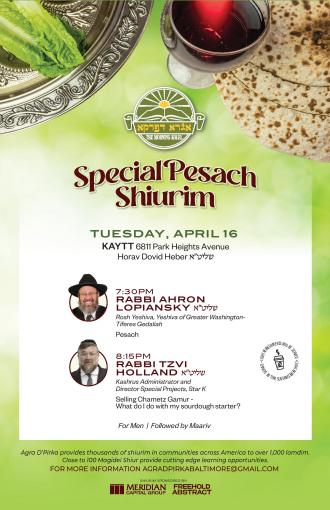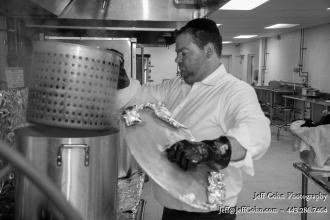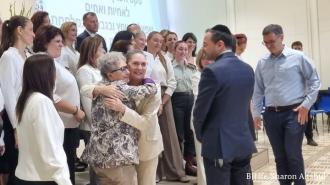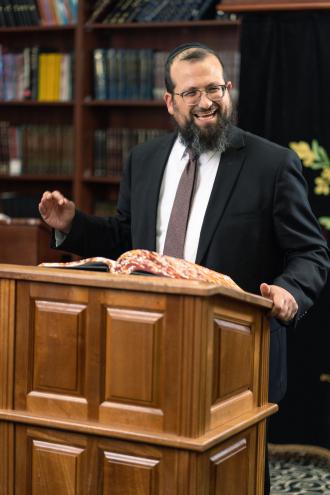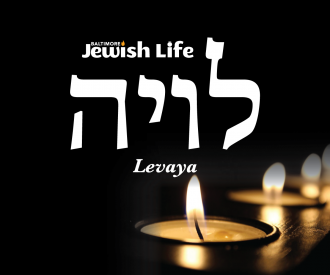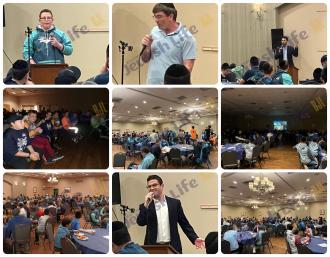After learning in Yeshiva full time for five years after High School, I was fortunate to be able to learn half days, several days a week when I was first married and a student. This was a significant help in bridging the time when I was learning in Yeshiva and constantly in that Seviva to when I was “in the world”, particularly around the time of the Yomim Noraaim. In Yeshiva we were used to truly having the entire Chodesh Elul to prepare for Rosh Hashana – with more intensified learning and studying Musar to help us achieve the proper frame of mind and lay the groundwork for proper Tefila and Teshuva.
Two years after I was married and I accepted a full time job, I remember the shock of “running into Rosh Hashana”. As a new employee you aren’t given the luxury of discretionary days off. Simply missing all the days for Yom Tov, which fell in the middle of the week that year, was enough to make my boss cringe more than a little. So like many Baalei Batim, I worked on Eruv Rosh Hashana, came home, showered, put on my Yom Tov clothing and went to Shul. I arrived at my seat, opened my Machzor and literally began to tremble. It was Rosh Hashana, and other than davening and keeping my regular Sedarim to learn, I had done precious little extra to prepare!!! Here I was standing before the Melech, the Ribono Shel Olam utterly unprepared like no time before. Since that time, I have always blocked out Eruv Rosh Hashono and Erev Yom Kippur as days away from work, to at least have a day devoted to preparation.
To a more or lesser degree, we all come into Rosh Hashana this way. Even those fortunate enough to be learning full time know that there was a day which could have been utilized better, a Midah which could have been strengthened, an error which we should have corrected. There seems to exist a large gulf between those who view Rosh Hashana and Yom Kippur as stressful – everything is on the line, and those who view it with an anxious joy – knowing that they have a unique opportunity for Teshuva and forgiveness, even though they may not truly be deserving. Irrespective of one’s personal feeling, how can we capitalize on this incredible Matana from Hashem - the chance to gain his forgiveness for our stumbles and Aveiros during the year?
Perhaps looking back to the origin of Teshuva we can gain an insight. There is a famous question raised with respect to the contrast between the Chet HaEgel and the Chet HaMaraglim. Most agree that the Chet HaEgel was more egregious – a possible form of Avoda Zora would appear far more serious an offense than not appreciating Eretz Yisroel. Yet, it would appear, that the Chet HaMeraglim incurred the more severe punishment. An entire generation became destined to die in the Midbar, only a select few would be permitted to see Eretz Yisroel. There was no such Gezeira by the Cheit HaEgel – no decree that all would die in the Midbar. Why was the punishment for the Meraglim apparently more severe than that of the Eigel?
There is a famous “Chasidish” Vort which lends a terrific perspective and teaches a profound lesson to answer this question. When Moshe Rabeinu came down from Har Sinai and smashed the Luchos, what did Klal Yisroel do? They cried out, they expected to die for their sin and exhibited genuine Charata. Indeed, the purity of their Teshuva coupled with Moshe Rabeinu’s plea, led Hashem to reveal this notion of Teshuva – that one could essentially gain forgiveness through genuine repentance. This was the one time where Teshuva was done without any knowledge that it could help. It was totally pure. Thereafter, every person who did Teshuva, even L’shem Shamayim, knew that if they did it properly, they could be forgiven. We all understand the Yud Gimmel Middos allow our genuine T’filos to be accepted and Kaparah granted. The same was true by the Chet HaMeraglim. They already knew about this concept of Teshuva and Kaparah. They had seen it themselves after the Eigel. Their Teshuva could not possibly have been as worthy as it was by the Chet HaEigel, precisely because they knew it could help. Therefore, there Onesh had to be more severe. At the Chet HaEigel, Bnei Yisroel was able to gain a greater Kaparah and thus had to endure less of an Onesh.
With this we can try to improve the quality of our own Teshuva, regardless of our individual predicaments, flaws or demands on our time. The essence of Teshuva is repentance. It is not the laudible desire to be forgiven. That is a fortunate by product but cannot be the aim. Rather, as the Rambam describes in Hilchos Tehuva, we need to understand the wrongs, feel remorse for having committed them and take upon ourselves not to do them again. Indeed, the Rambam states that if someone can achieve these 3 things and refrain from committing the particular Aveira a single time, he can have a Teshuva Gemura, even if he is Nichshal again at a subsequent later time.
While it may be ideal to be able to devote every minute of Chodesh Elul to such preparation, all of us have the ability to attain this goal. As we finish this particular D’var Torah, we can take out or recompile our list, reflect on our genuine regret for failing to meet the expectations of our creator and pledge not to do so again. Teshuva and Kapara is an incredible Matana. Let us hope that the trepidation with which we approach Rosh Hashana and Yom Kippur inspires us to use it to the fullest and thus experience the joy of Kaparah.
A G’mar Chasima Tova.



